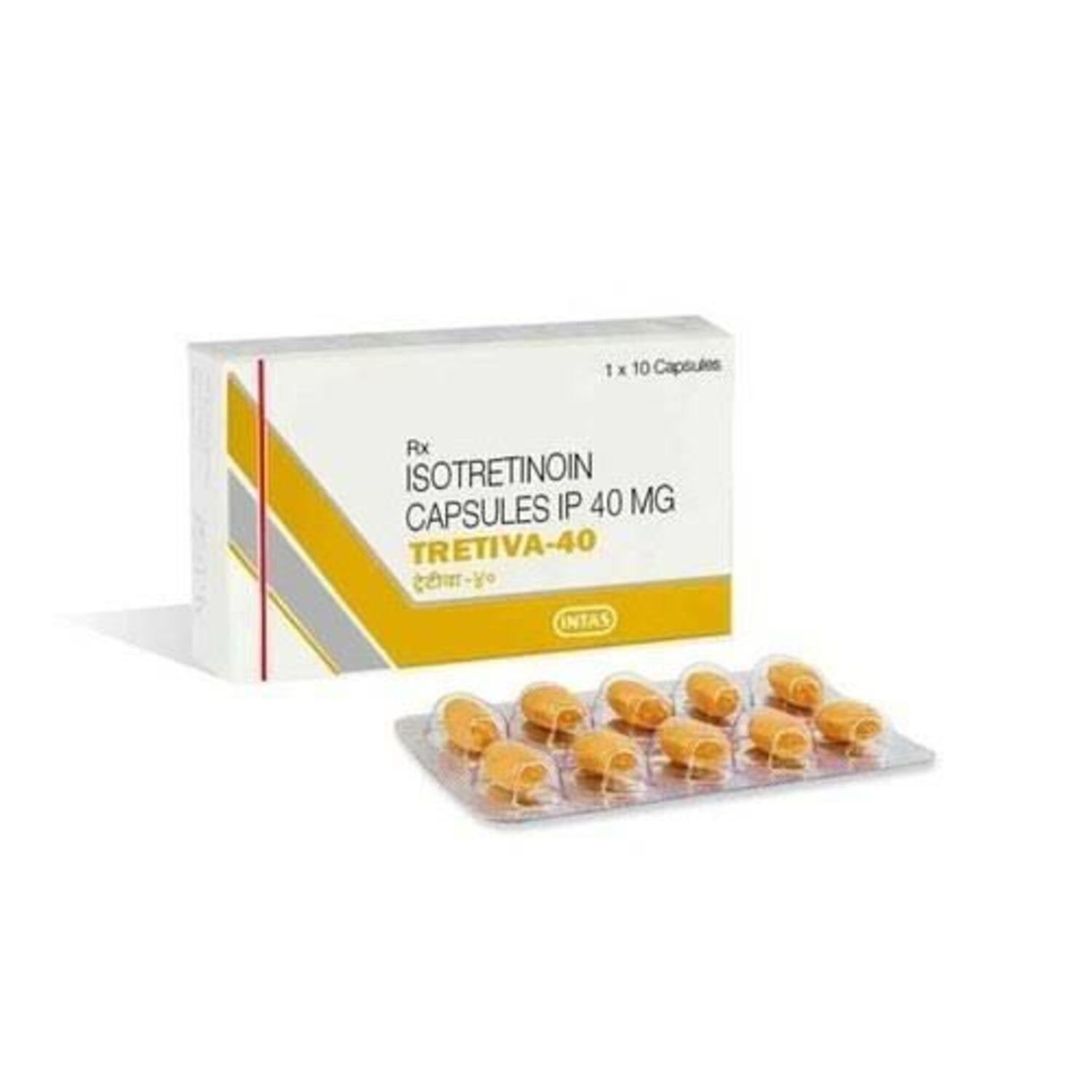Neovascular age-related macular degeneration (nAMD), or wet AMD, is a leading cause of vision loss in individuals over 50. Characterized by the abnormal growth of blood vessels under the retina, nAMD significantly impacts the quality of life by causing irreversible damage to central vision if untreated. The global treatment market for nAMD is thriving, fueled by advancements in therapeutic technologies, an aging population, and rising awareness about eye health.
Valued at USD 11 billion in 2023 across seven major markets, the neovascular age-related macular degeneration treatment market is projected to grow at a robust CAGR of 7.5%, reaching USD 21.1 billion by 2032. This blog delves deeply into the key aspects of this market, including its growth dynamics, competitive landscape, emerging technologies, and future prospects.
1. Understanding Neovascular AMD
What Is nAMD?
Neovascular AMD is a subtype of age-related macular degeneration, marked by the growth of abnormal blood vessels (neovascularization) under the retina. These vessels leak blood and fluid, damaging the macula, which is responsible for sharp central vision. The disease progresses rapidly, making early detection and treatment crucial.
The Global Burden
- AMD affects approximately 200 million people worldwide, with 10-15% of these cases classified as nAMD.
- As life expectancy increases globally, the prevalence of AMD is expected to rise, particularly in regions with aging populations.
2. Market Size and Growth Projections
The nAMD treatment market has seen exponential growth over the past decade, and this trend is set to continue.
- 2023 Market Value: USD 11 billion in seven major markets (United States, Europe, Japan, etc.).
- 2032 Projection: USD 21.1 billion, driven by innovations in treatment delivery and improved therapeutic outcomes.
- CAGR: 7.5% (2024-2032).
Key Growth Drivers
- Technological Breakthroughs: Advances in biologics, gene therapy, and extended-release formulations.
- Growing Elderly Population: By 2050, nearly 1 in 6 people globally will be over 65, significantly increasing AMD prevalence.
- Rising Awareness: Campaigns by governments and non-profits have improved early diagnosis rates.
Challenges Hindering Growth
- High Treatment Costs: Drugs like anti-VEGF therapies are expensive, limiting accessibility in low-income countries.
- Adherence Issues: Frequent intravitreal injections deter some patients from completing their treatment regimens.
- Geographical Disparities: Access to advanced treatments is limited in many parts of the world.
3. Key Market Segments
By Treatment Type
- Anti-VEGF Therapies:
- Dominant segment.
- Drugs like Eylea (aflibercept) and Lucentis (ranibizumab) revolutionized nAMD treatment.
- Newer therapies with extended dosing intervals, such as Faricimab, are gaining traction.
- Photodynamic Therapy (PDT):
- Used in specific cases where anti-VEGF therapies are ineffective.
- Emerging Therapies:
- Gene therapies aimed at longer-lasting effects.
- Stem cell-based treatments showing promising clinical trial results.
By Route of Administration
- Intravitreal Injections: Gold standard but invasive.
- Sustained-Release Implants: Innovative devices like Susvimo offer long-term drug delivery with fewer injections.
- Oral and Topical Therapies: In development for better patient compliance.
By Geography
- North America: Largest market due to high healthcare spending and advanced infrastructure.
- Europe: Growing focus on biosimilars and cost-effective treatments.
- Asia-Pacific: Fastest-growing region, driven by rising awareness and improving healthcare systems.
4. Competitive Landscape
The nAMD treatment market is dominated by a few global players, each investing heavily in R&D to maintain their competitive edge.
Key Players
- F. Hoffmann-La Roche Ltd: Known for Lucentis and cutting-edge biosimilars.
- Novartis AG: A leader in ophthalmology with a diverse pipeline.
- Pfizer, Inc.: Focused on innovative gene therapies.
- Bayer AG: Manufacturer of Eylea, a market leader.
- AbbVie Inc.: Strengthening its ophthalmology portfolio post-Allergan acquisition.
Competitive Strategies
- Patent Protection: Securing intellectual property rights for new drugs and delivery systems.
- Collaborations: Partnering with biotech firms to accelerate R&D.
- Regional Expansion: Companies are entering untapped markets in Asia and Africa to boost growth.
Emerging Players
- Companies like Ophthotech Corporation and Alimera Sciences are introducing niche products, targeting underserved patient groups.
5. Technological Advancements in Treatment
Anti-VEGF Therapies with Extended Durability
- Drugs like Faricimab and biosimilars are designed for longer dosing intervals, reducing patient burden.
- Combination therapies targeting multiple pathways are under development.
Gene Therapy
- Offers the potential for a one-time treatment by addressing the underlying genetic causes of nAMD.
- Examples include therapies targeting the complement system.
Artificial Intelligence (AI)
- AI-powered diagnostic tools enable earlier detection and better treatment planning.
- Predictive analytics help in tailoring therapies to individual patients.
Drug Delivery Innovations
- Sustained-release implants like Susvimo allow consistent drug delivery over months, improving adherence.
- Topical and oral formulations are under research to reduce invasiveness.
6. Clinical Trials and Regulatory Insights
Ongoing Clinical Trials
- Numerous late-stage trials are evaluating new anti-VEGF drugs and combination therapies.
- Early results indicate promising outcomes in terms of efficacy and safety.
Regulatory Developments
- The FDA and EMA are expediting approvals for innovative treatments.
- Biosimilars are being fast-tracked to enhance affordability.
Challenges
- High costs associated with bringing new drugs to market.
- Navigating stringent regulatory requirements.
7. Regional Market Analysis
North America
- Dominates the global market with over 40% share.
- Advanced healthcare systems and high awareness levels drive demand.
Europe
- Increasing adoption of biosimilars to reduce costs.
- Strong government support for AMD research.
Asia-Pacific
- Rapid market growth due to improving healthcare infrastructure and rising disposable incomes.
- Governments are investing in awareness campaigns.
Rest of the World
- Limited access to advanced treatments.
- Significant growth potential in untapped regions.
8. Investment and Funding Trends
- Venture capital investments in biotech startups are fueling innovation.
- Public-private partnerships (PPPs) are becoming common to fund large-scale R&D projects.
- Companies are securing grants for cutting-edge research in gene therapy and biologics.
9. Future Market Dynamics
Opportunities
- Expansion in emerging markets offers untapped potential.
- Development of cost-effective biosimilars to cater to low-income regions.
- Integration of AI for personalized medicine approaches.
Challenges
- High R&D costs could slow down drug development.
- Patient adherence remains a concern despite advancements.










